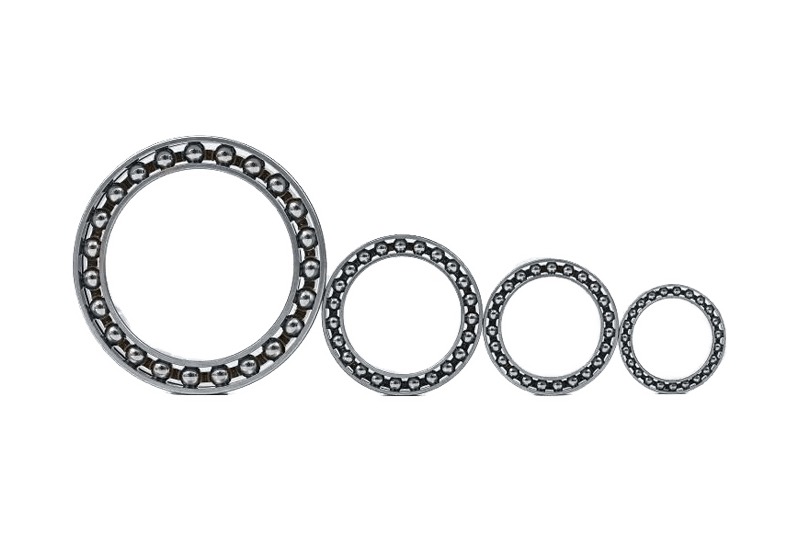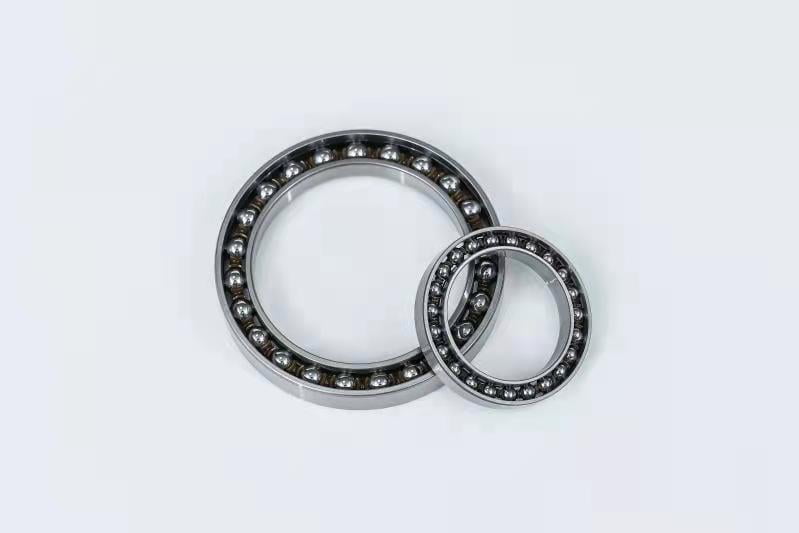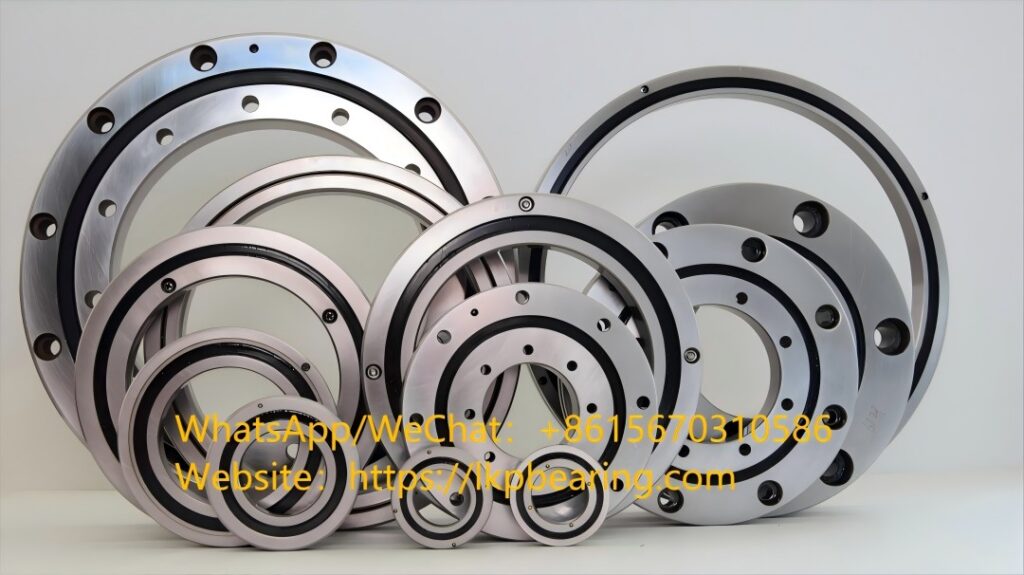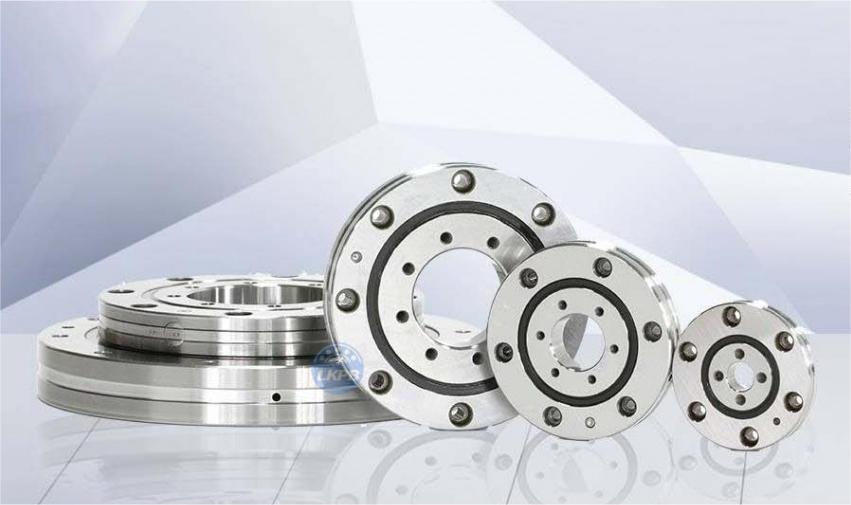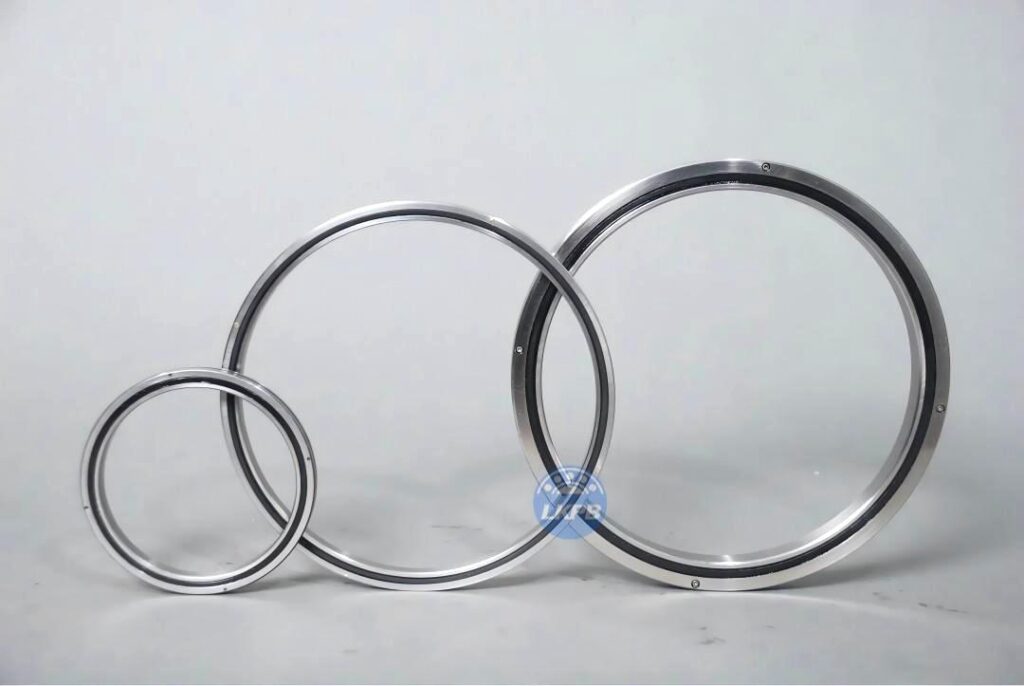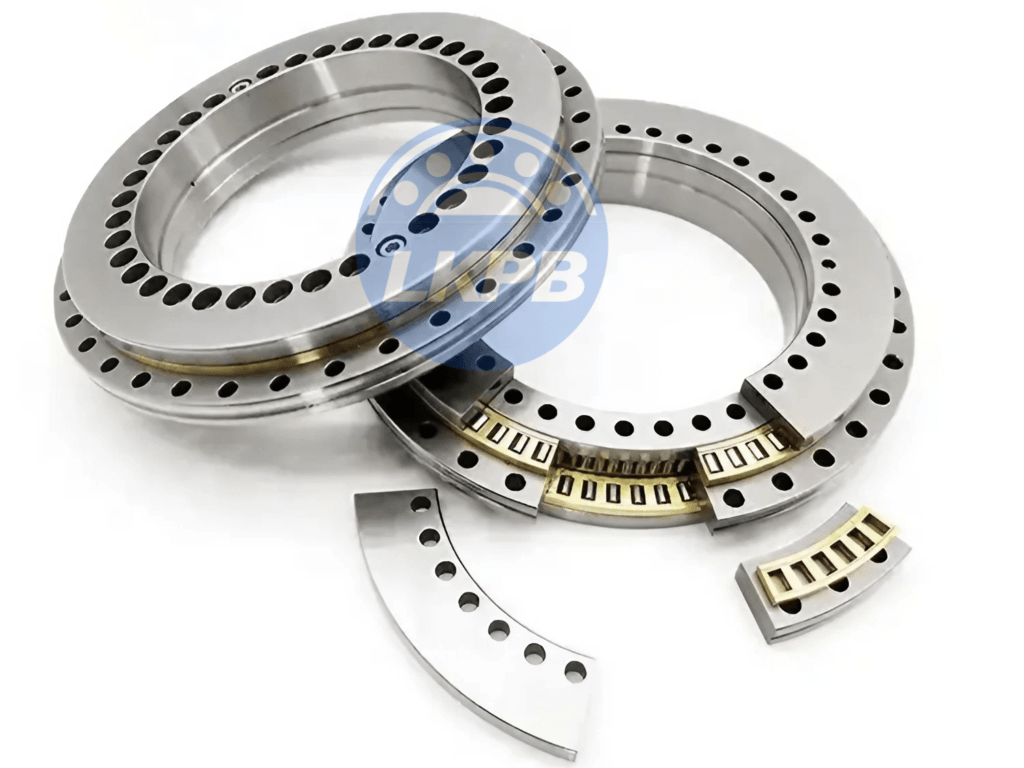Flexible Bearing Types and Applications
Flexible bearings, also known as flexure bearings, are designed to accommodate misalignment, vibrations, and shock loads, while still maintaining their load-carrying capacity. They are used in a variety of industries, including aerospace, automotive, marine, and industrial machinery, among others. In this article, we will explore the different types of flexible bearings and their applications.
Bushings
Bushings are a type of flexible bearing that consists of a cylindrical sleeve and an inner core, which are separated by a layer of material that acts as a cushion. The sleeve can be made from various materials, including rubber, plastic, or metal, while the core is typically made of a harder material, such as steel or aluminum. Bushings are commonly used in applications where a low coefficient of friction and high wear resistance are required, such as in automotive suspensions and aircraft landing gear.
Couplings
Couplings are flexible bearings that are used to connect two shafts together while compensating for any misalignment between them. They are commonly used in power transmission applications, such as pumps, motors, and compressors. Couplings can be made from various materials, including rubber, plastic, and metal, and can be designed to handle high torque and high speed applications.
Mounts
Mounts are a type of flexible bearing that are used to support and isolate machinery from vibrations and shock loads. They are commonly used in applications such as engines, compressors, and pumps. Mounts can be made from various materials, including rubber, neoprene, and metal, and can be designed to accommodate different levels of vibration and load capacity.
Elastomeric Bearings
Elastomeric bearings are a type of flexible bearing that are made from a special type of rubber that can deform and return to its original shape when subjected to loads and vibrations. They are commonly used in bridge construction, where they are used to support the weight of the bridge deck and dampen vibrations caused by traffic. Elastomeric bearings can be designed to accommodate different load capacities and deformation requirements.
Spherical Bearings
Spherical bearings are a type of flexible bearing that can accommodate misalignment in multiple directions. They consist of an inner ring, an outer ring, and a spherical ball that is held between them. Spherical bearings are commonly used in applications such as aerospace and automotive suspensions, where they can accommodate misalignment and shock loads.
Flexure Pivot Bearings
Flexure pivot bearings are a type of flexible bearing that are used in precision applications where high accuracy and repeatability are required. They consist of a single piece of material that is designed to flex and pivot, allowing for precise movement and positioning. Flexure pivot bearings are commonly used in applications such as optics, robotics, and measurement devices.
Diaphragm Bearings
Diaphragm bearings are a type of flexible bearing that consist of a thin, flexible membrane that is designed to deform under load. They are commonly used in applications where a low profile and high load capacity are required, such as in pumps and compressors. Diaphragm bearings can be made from various materials, including rubber, plastic, and metal, and can be designed to accommodate different load capacities and deformations.
In conclusion, flexible bearings are a critical component in various industries, where they are used to accommodate misalignment, vibrations, and shock loads while still maintaining their load-carrying capacity. The type of flexible bearing used in an application depends on the specific requirements of the application, including load capacity, deformation requirements, and precision. By understanding the different types of flexible bearings and their applications, designers and engineers can select the optimal solution


